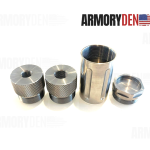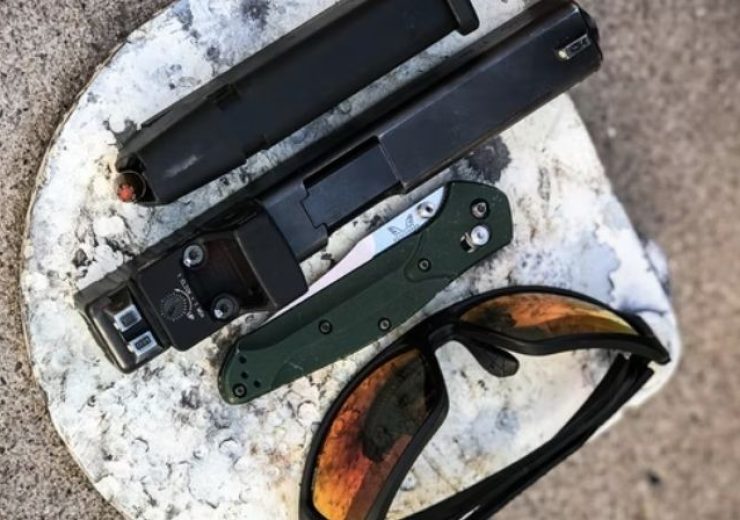Solvent Trap Education and NRA Certified Firearm Instructors
How NRA Certified Firearm Instructors Can Expand Customer Knowledge and Business with Solvent Traps
Benefits that include, but are not limited to the following:
- Reduction of residual solvent messes
- Reducing the negative biological and environmental effects of toxic solvents
- Making solvent recycling and proper disposal possible
- Cleaning supply transport capabilities
- Increase in firearm longevity, reliability, and safety
Why is firearm cleaning with a solvent trap so important?
Rusting: This occurs from oxidation and oxidation effects metals more that are not properly stored or that are not properly cleaned and lubricated.
Residual Fouling Buildup: Remnants of carbon, lead and copper from the gunpowder that build up marginally after each bullet that passes through the firearm. The residual fouling can build up in the barrel, affecting your precision and potentially your handgun’s reliability.
Failure to Fire: Failure to fire is a common issue with guns that don’t see regular cleaning. If the handgun has enough residue build-up, it may fail to shoot a round of ammunition after pulling the trigger.
Failure to Feed (FTF): Lubricant can get in places it shouldn’t be, especially if you over oil your weapon. If it manages to get into the areas that shift rounds from the magazine to the chamber, it may cause an FTF. Essentially, the round never makes it to the chamber, despite activation.
Failure to Eject (FTE): While the other two failures involve the round never leaving the gun, FTE refers to the casing jamming in the barrel. It’s an annoyance and less dangerous than the other two but is also preventable with regular cleaning.





